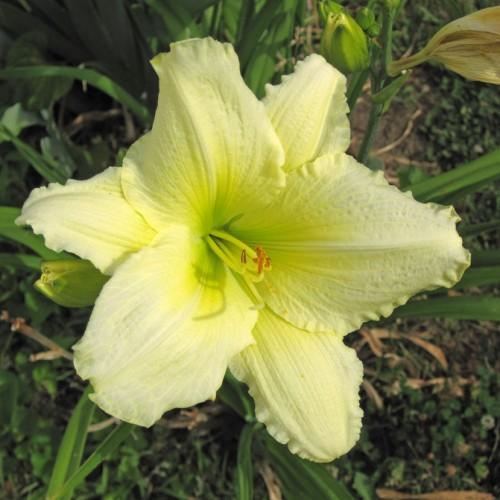
daylily
Hemerocallis 'Green Puff'
Cycle:
Herbaceous Perennial
Watering:
Average
Hardiness Zone:
3 - 9
Flowers:
Flowers
Sun:
Full sun,part shade
Leaf:
Yes
Growth Rate:
Low
Maintenance:
Low
Drought Tolerant:
Yes
Salt Tolerant:
Yes
Care Level:
Moderate
watering
Daylilies (Hemerocallis 'Green Puff') should be watered frequently to keep their soil moist, but not soggy. Watering should be done every 2-3 days throughout the growing season for best results. Daylilies need 1-2 inches of water per week. To ensure the plant is receiving enough water, you should water deeply until the soil is moist about 8 inches deep. Remember to water in the morning so that the moisture will have time to evaporate during the day before the temperatures cool in the evening. Too much water can damage the plant so be sure to be careful not to over-water.
sunlight
Daylilies require at least 6 hours of sunlight each day in order to thrive. The best time for sunlight for this particular species is in the early morning and late afternoon. This is because the sun is not as strong during this time and can provide more even lighting rather than direct intense sunlight. Additionally, ensuring the daylily receives plenty of morning sunlight will help promote flowering.
pruning
Daylilies (Hemerocallis 'Green Puff') should be pruned twice per year. The first pruning should take place in early spring before new growth emerges. Cut off any dead, damaged, or diseased foliage. This will help reduce the chance of any pests and diseases lingering in or around the plant. The second pruning should take place in late summer once the blooms have stopped flowering. This will help to promote new growth and larger blooms the following season. Prune back the foliage to about a third of its original size. Make sure to clean your pruning tools with rubbing alcohol before pruning in order to reduce the risk of spreading any diseases.
